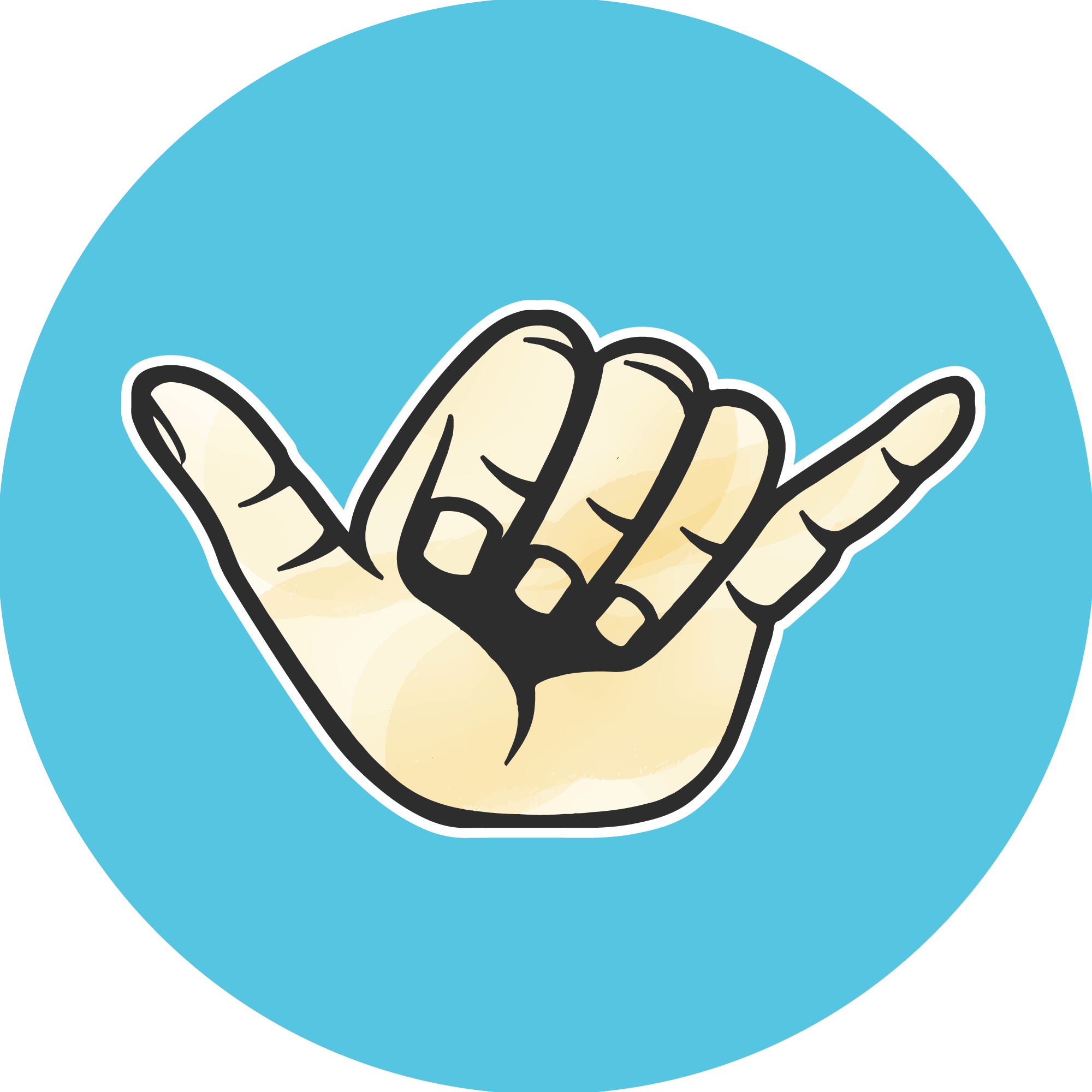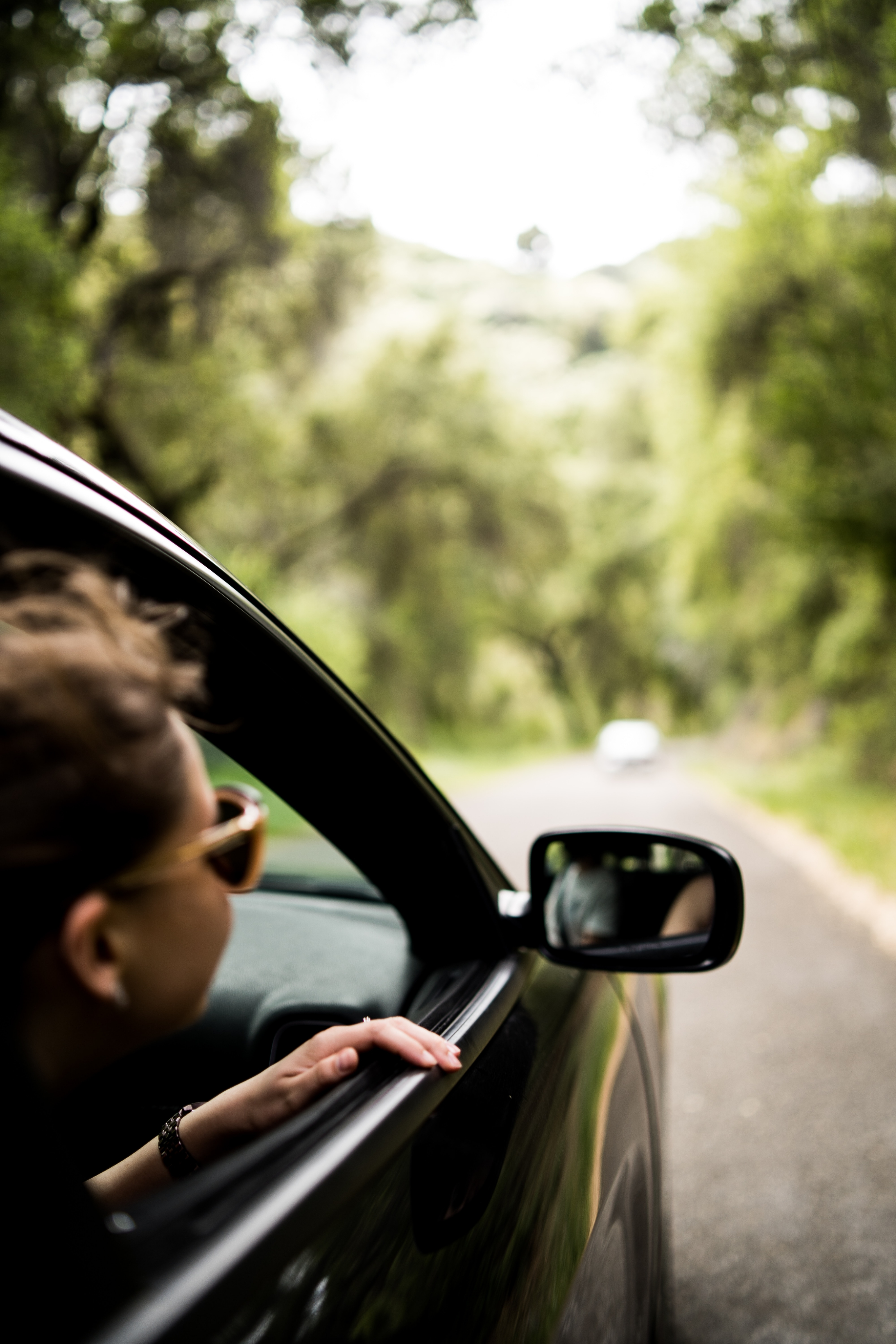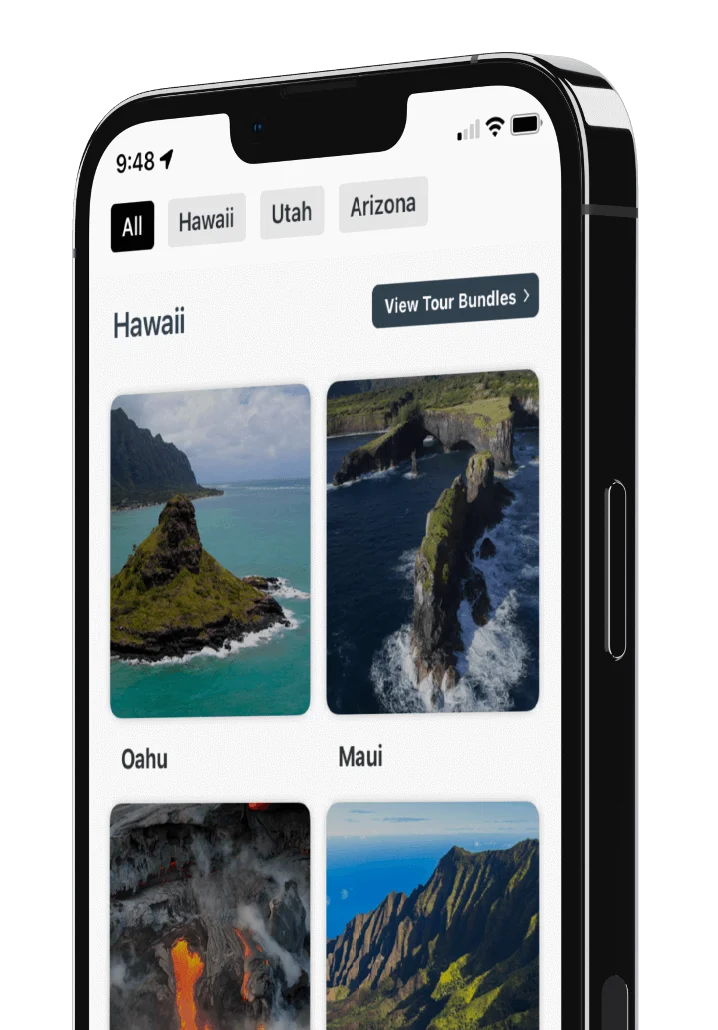
Puerco Pueblo and the Ancestral Puebloans

Listen here:
We’ve exited the Painted Desert, and now we’re heading into semi-arid grasslands. Looks kinda desolate, don’tcha think? But people have called this area home for thousands of years, including the Ancestral Puebloans. They built Puerco Pueblo, which is our next stop. Pueblos are large buildings that contain an entire village, and support dozens of families, kinda like an apartment building. A short, paved trail from the parking lot takes you to the site, which also includes petroglyphs. Let me put on my history professor hat here, and tell you about the people who called this land home.
Human history around here goes back over 13,000 years to the Clovis and Folsom cultures. They were hunter/gatherer groups that hunted bison and mammoths, back when Arizona was cooler, wetter, and grassier. It wasn’t until around 500 BC that the Basketmaker people built permanent villages out of baskets. Ha Ha! Just kidding, they lived in pit houses. Basically shallow holes in the ground with a roof.
But it was the Ancestral Puebloans who really left their mark starting in 650 AD. Their mark, was building pueblos, if you hadn’t guessed that yet. They also grew crops, hunted, and perfected the art of ceramics. They made pottery for storage, cooking, and just plain old decoration. Even back then, the living room needed a statement piece!
Puerco Pueblo was a fairly large settlement of about 200 people. Its location near the river, meant it was close to trade routes, which brought new goods and new ideas from hundreds of miles away. The village benefited from the latest developments coming out of New Mexico’s nearby Chaco Canyon, the largest and most influential Ancestral Puebloan settlement. The people there developed new architectural styles, diverse ceramic and weaving techniques, and more. With this knowledge, Ancestral Puebloan culture reached its pinnacle from (AD) 950 to 1300 AD.
But, as early as AD 1100, nomadic clans called the Navajo, or Diné as some prefer to be called, migrated here from northwest Canada. They settled in the area permanently, learning agricultural techniques from the Puebloans and, occasionally, competing with them for resources. Then, in AD 1300, droughts hit this area hard. Some pueblos were abandoned: as, there just wasn’t enough food to go around.
And to top it all off, the Spanish colonists arrived in the 1500s just as the Ancestral Puebloans were in decline. When explorer Francisco Vazquez de Coronado saw the settlements, he called them “pueblos.” Makes sense, since “pueblo” means “village” or “town” in Spanish. In fact, Puerco Pueblo literally translates to “Pig Village.” The name probably comes from the nearby, and muddy, Puerco River. Tribute payments, disease, and violence brought on by the Spanish, all took their toll on the Puebloans.
Today, the modern Hopi, Zuni, Acoma, and Laguna tribes trace their roots all the way back to the Ancestral Puebloans. About 75,000 people from these tribes continue the religions, languages, agricultural practices, and even pueblo living of their ancestors.
Want to hear more like this?
Find more on our Petrified Forest National Park tour!



















